In this time, I'd like to look at the East Gate more closely.
At firt time, my interest was the Gate itself. But the approach to the gate was prohibited.
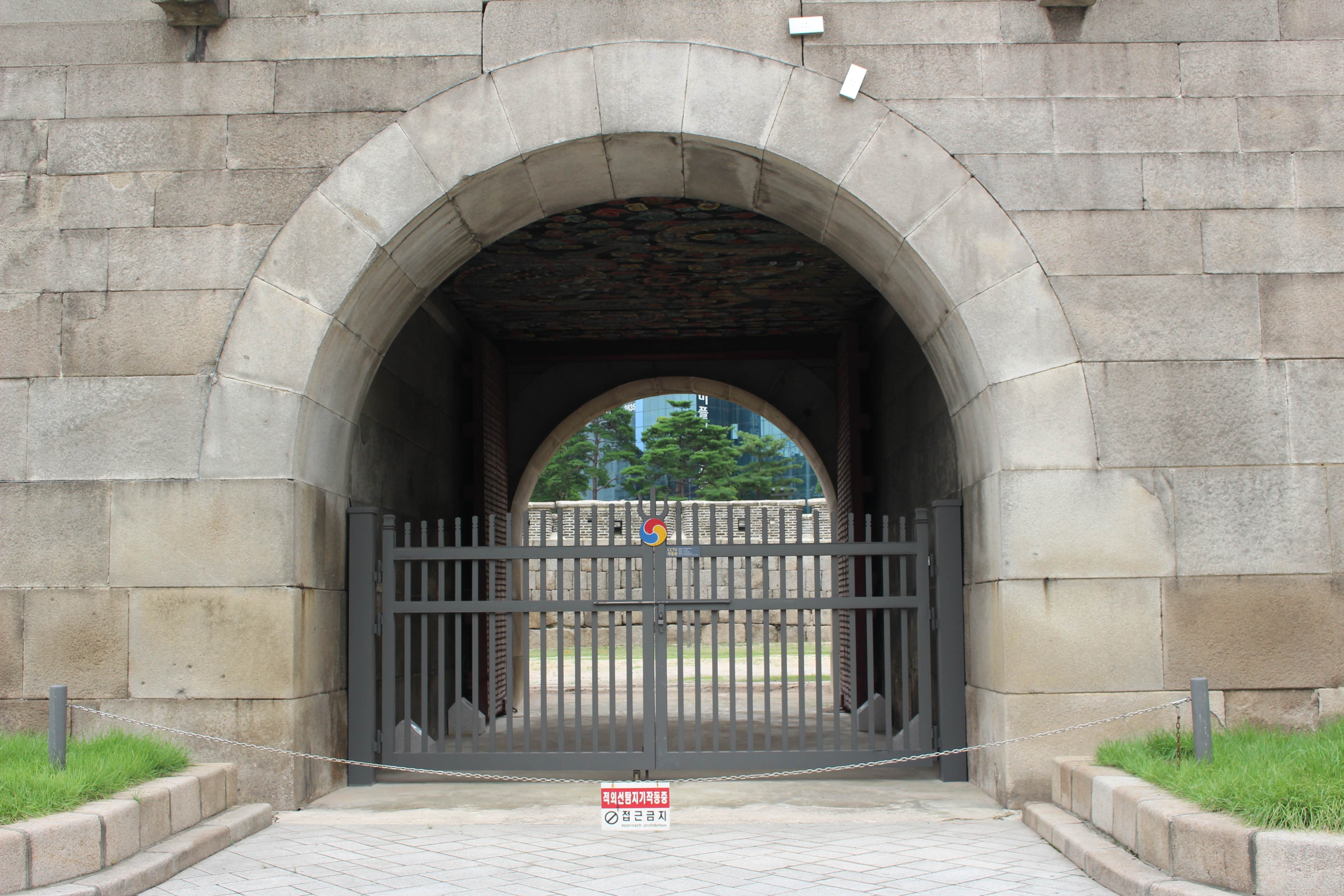
So I barely took a picture of the ceiling of the gate.
The ceiling of the gate is the core of it's meaning.
Fortuately I took a zoom lense at that time
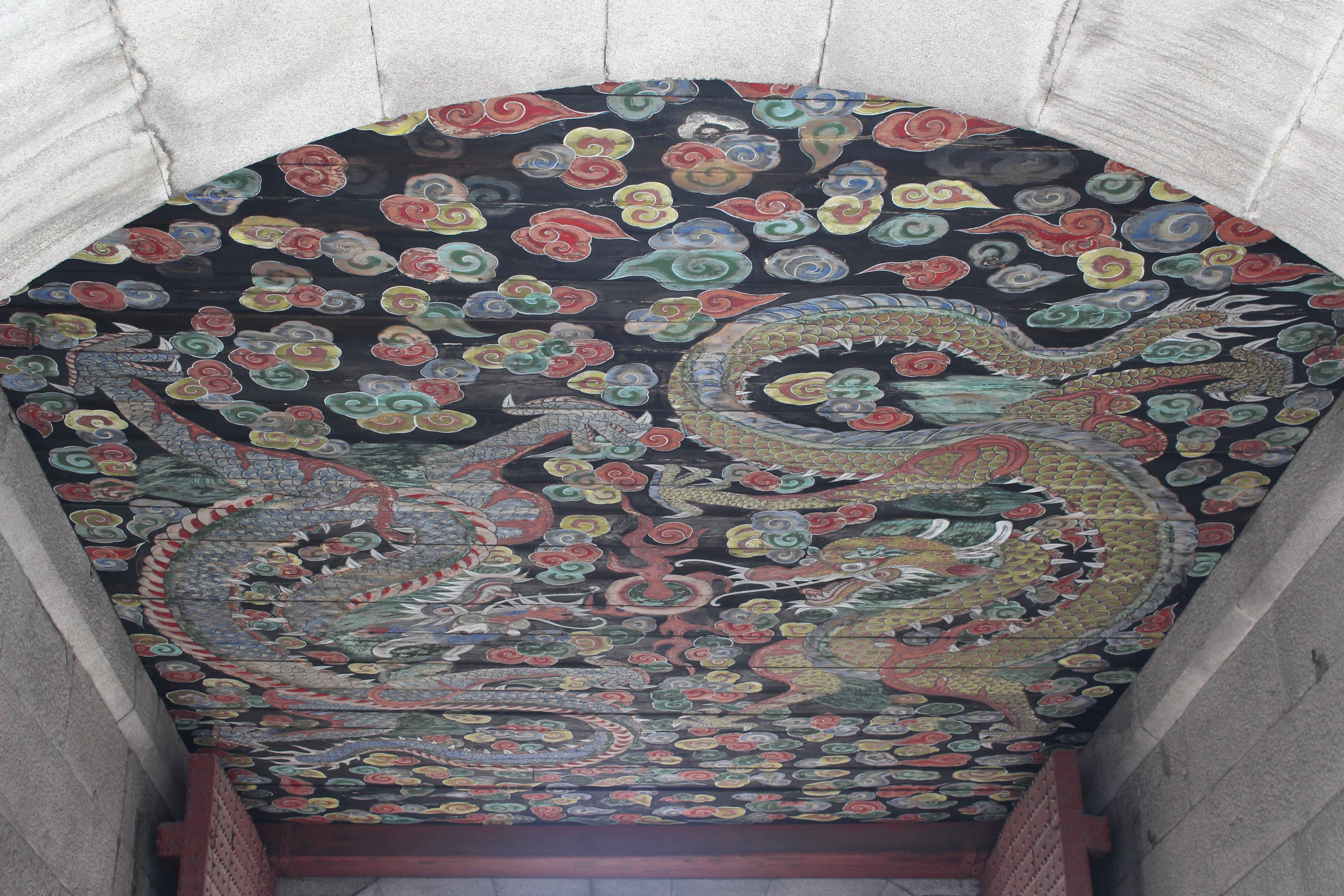
More close shots
Yellow dragon
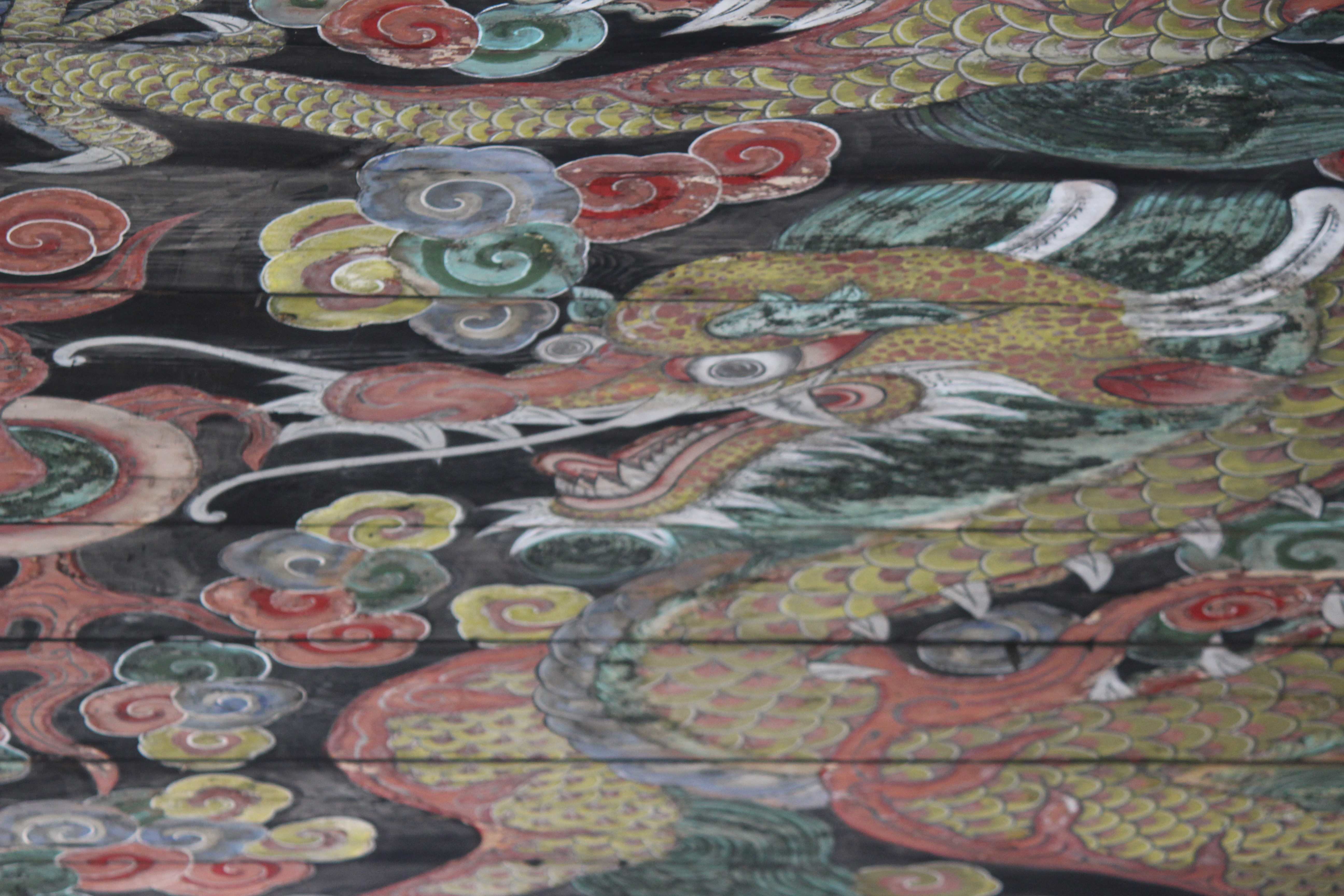
Blue dragon

I made a mistake when I took the photos.
I failed to take a photo of blue dragon's face. Instead I took a foot.
I can't understand myself why I made a mistake.
I think I made a mistake because of the distance. It was little bit difficult to confirm the face of blue dragon
I Will visit once againt to take a photo of blue dragon's face.
The pattern of the upper part was interesting.
It was Tai Chi pattern
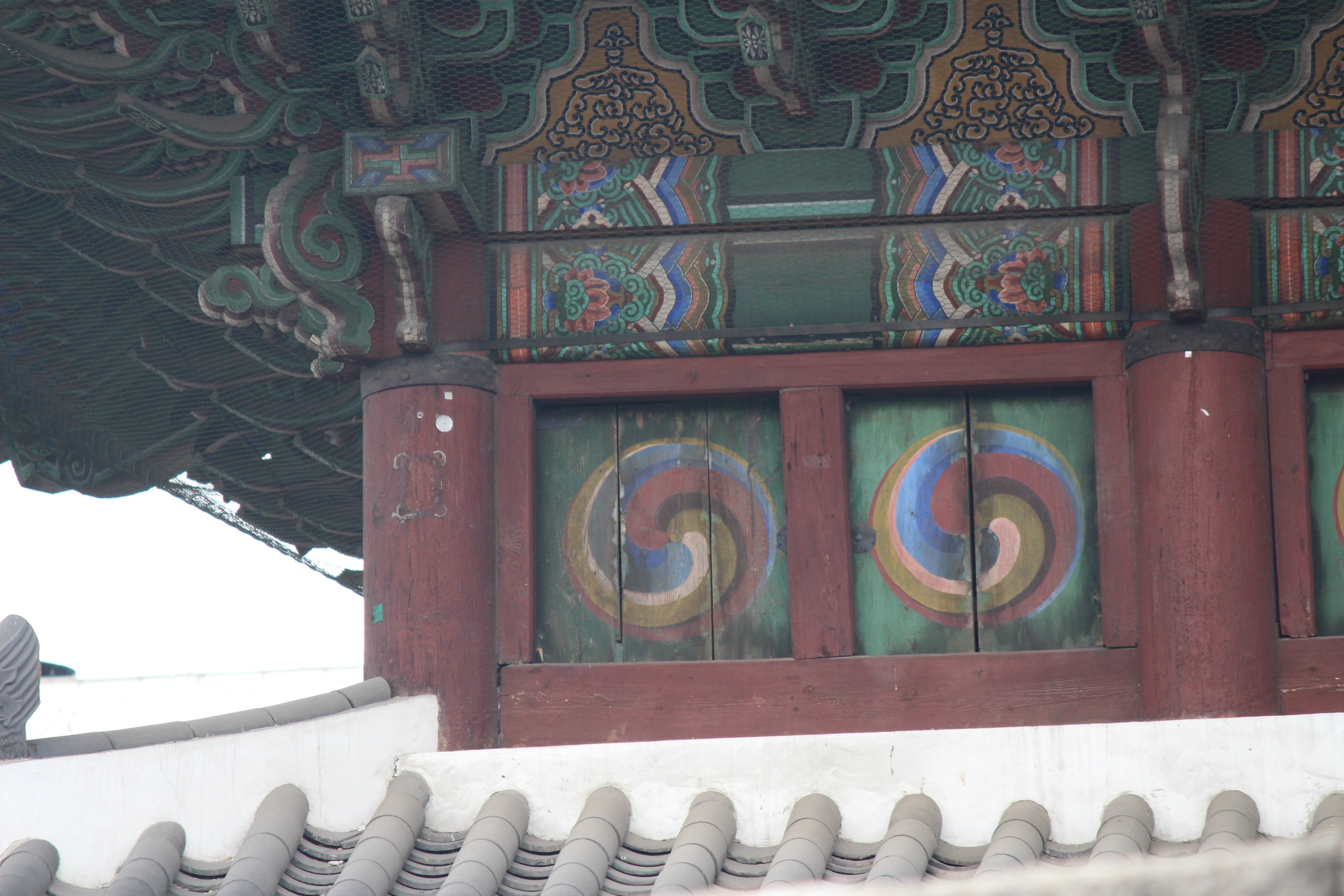
It's the symbol of korean national flag
Below is the first model of Korean national flag.
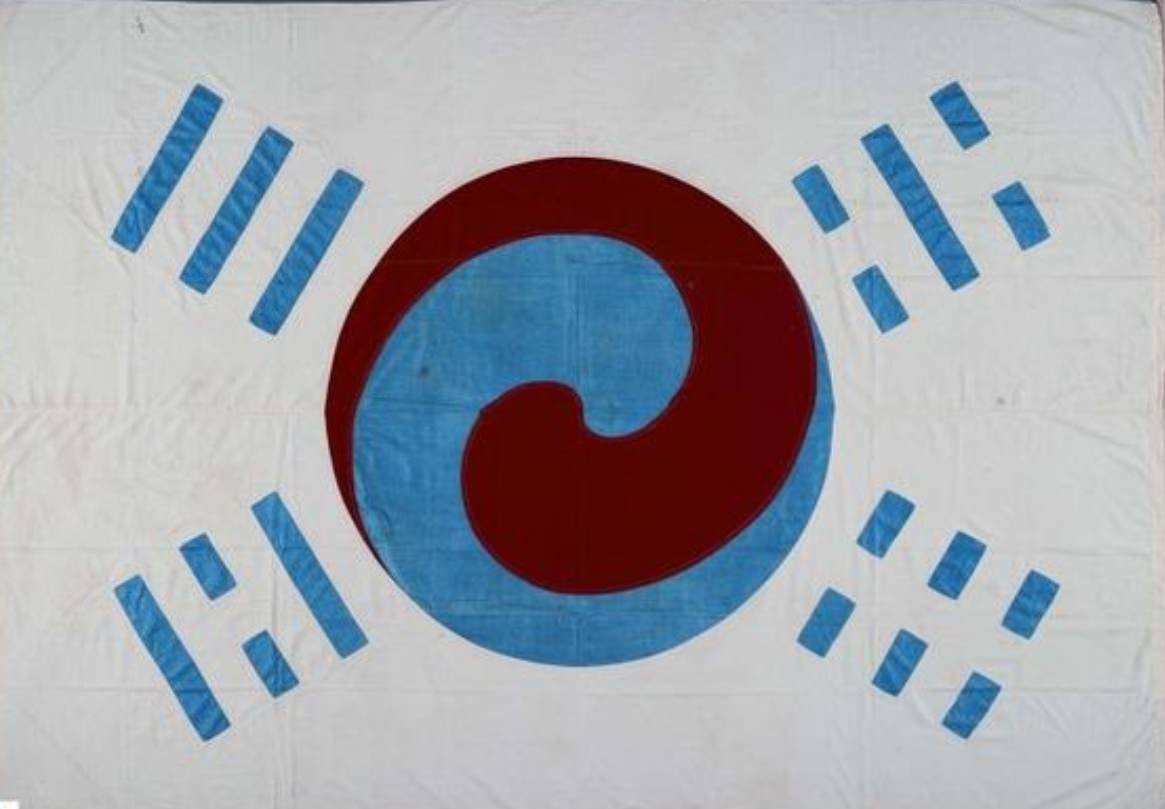
The Tai Chi means yin-yan, minus and plus.
The reason why they painted the Tai Chi on the wall was seemed to expect the harmony
On the roof of the gate building, you can look at the statues.
It is the imagenary animalls to prevent a fire.
You can see this statue on the roof of the palace
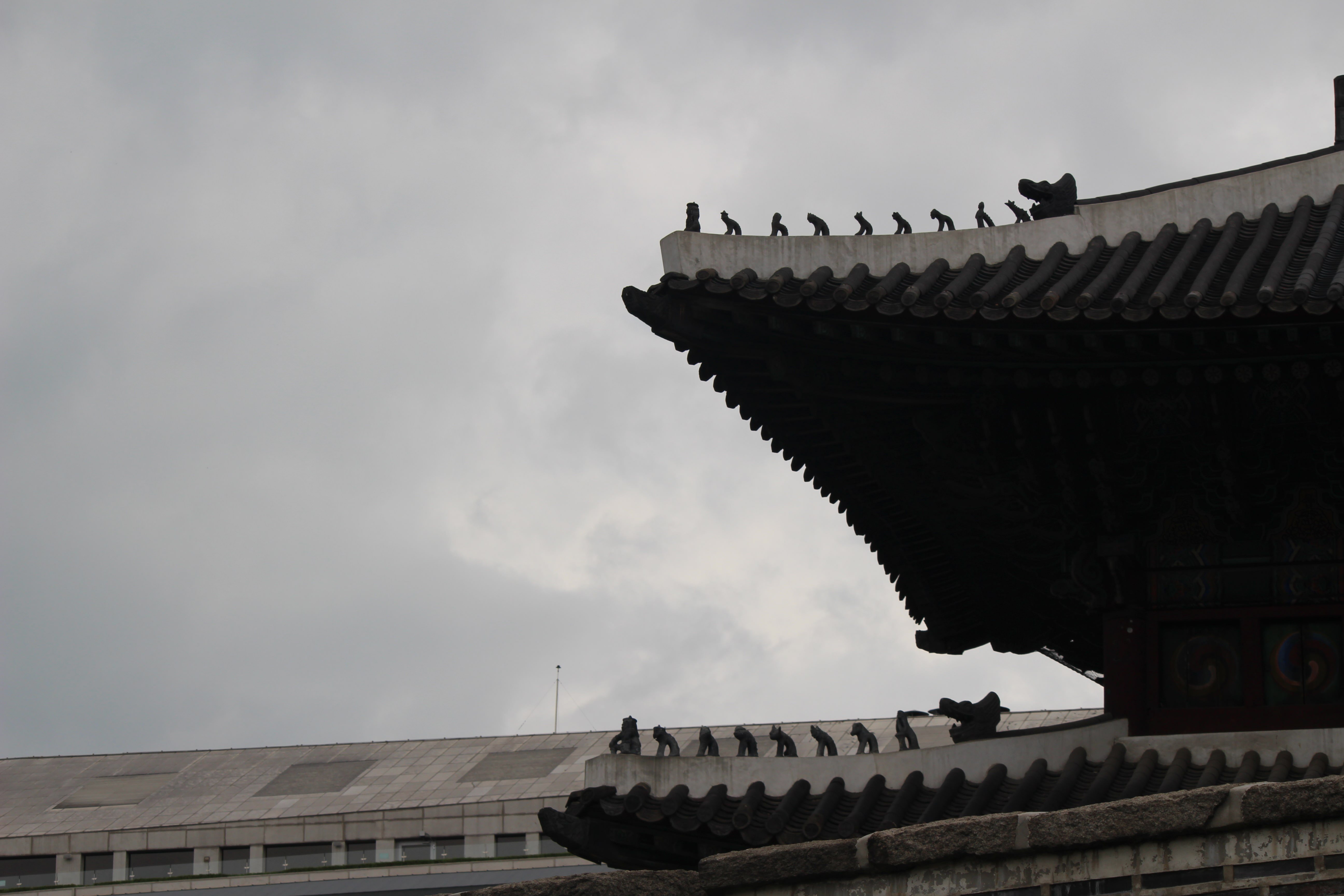
And You could find the statue loolks like the tale of tjhe eagle.
It is the symbol of the protection against the disasters.
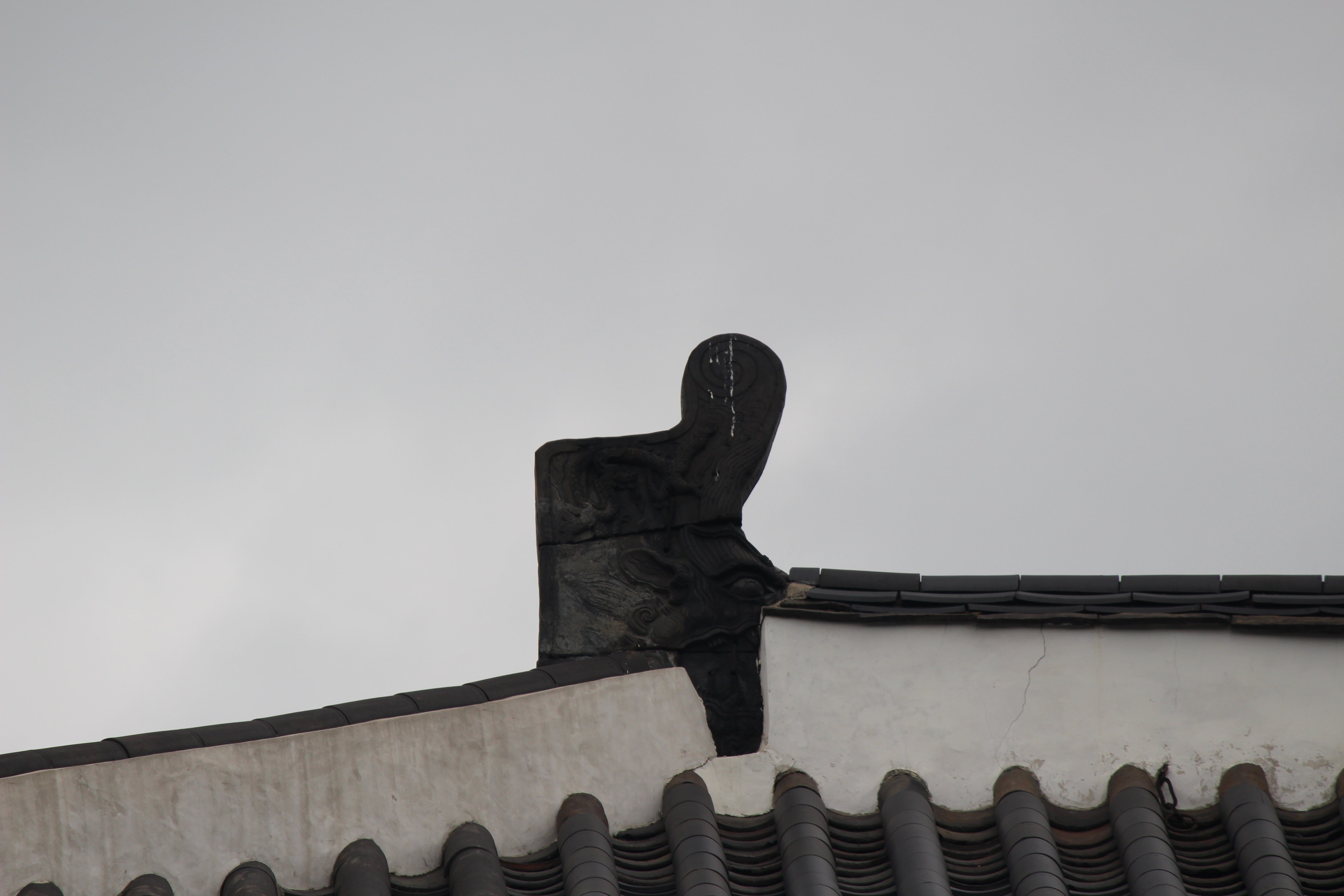
Let's go to the outer wall of the gate.
There is a wall protect the gate.
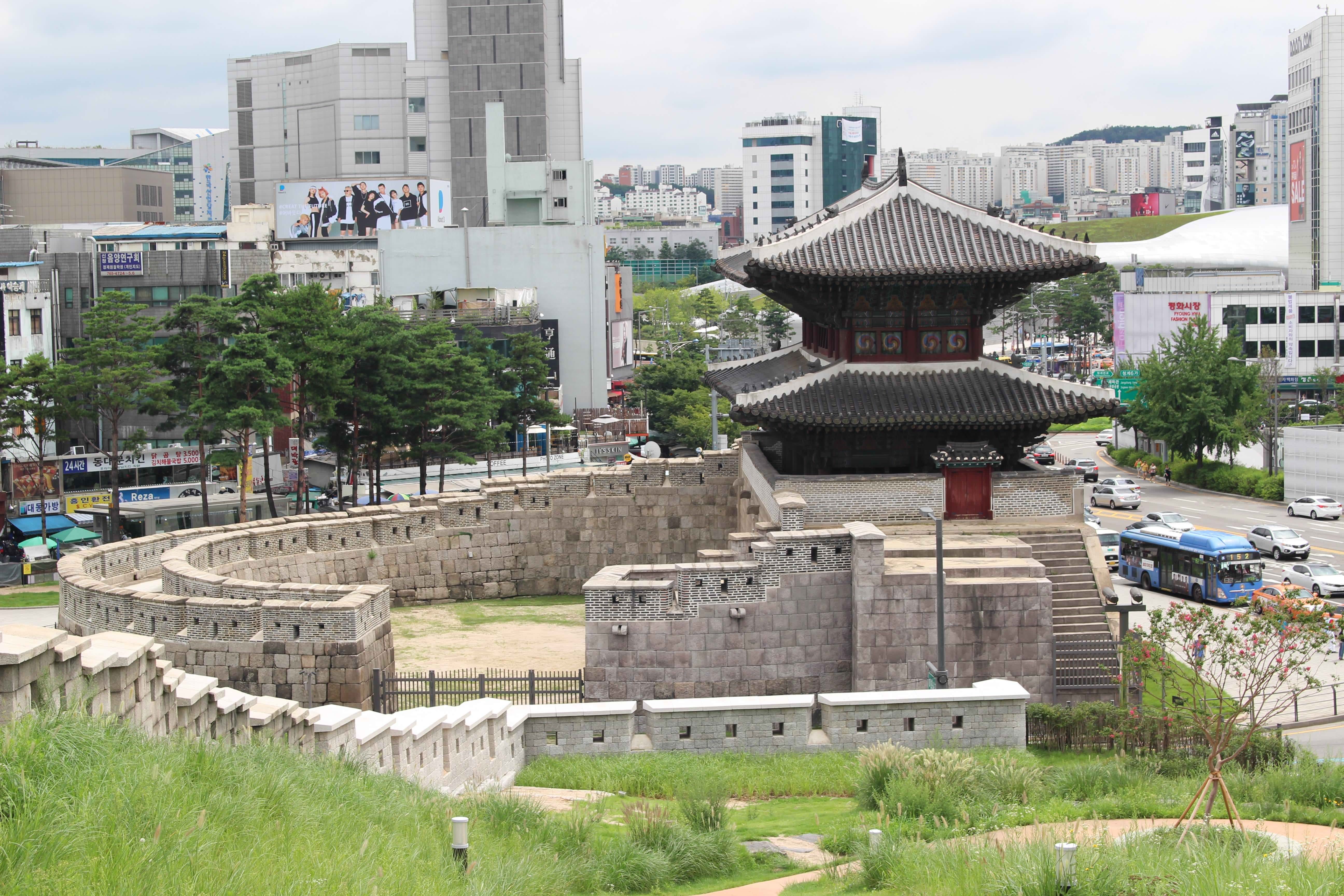
This half round shape of wall was built to protect the door of the gate from enemy attack.
You can see the historical changes and it's beauty of structure of the wall
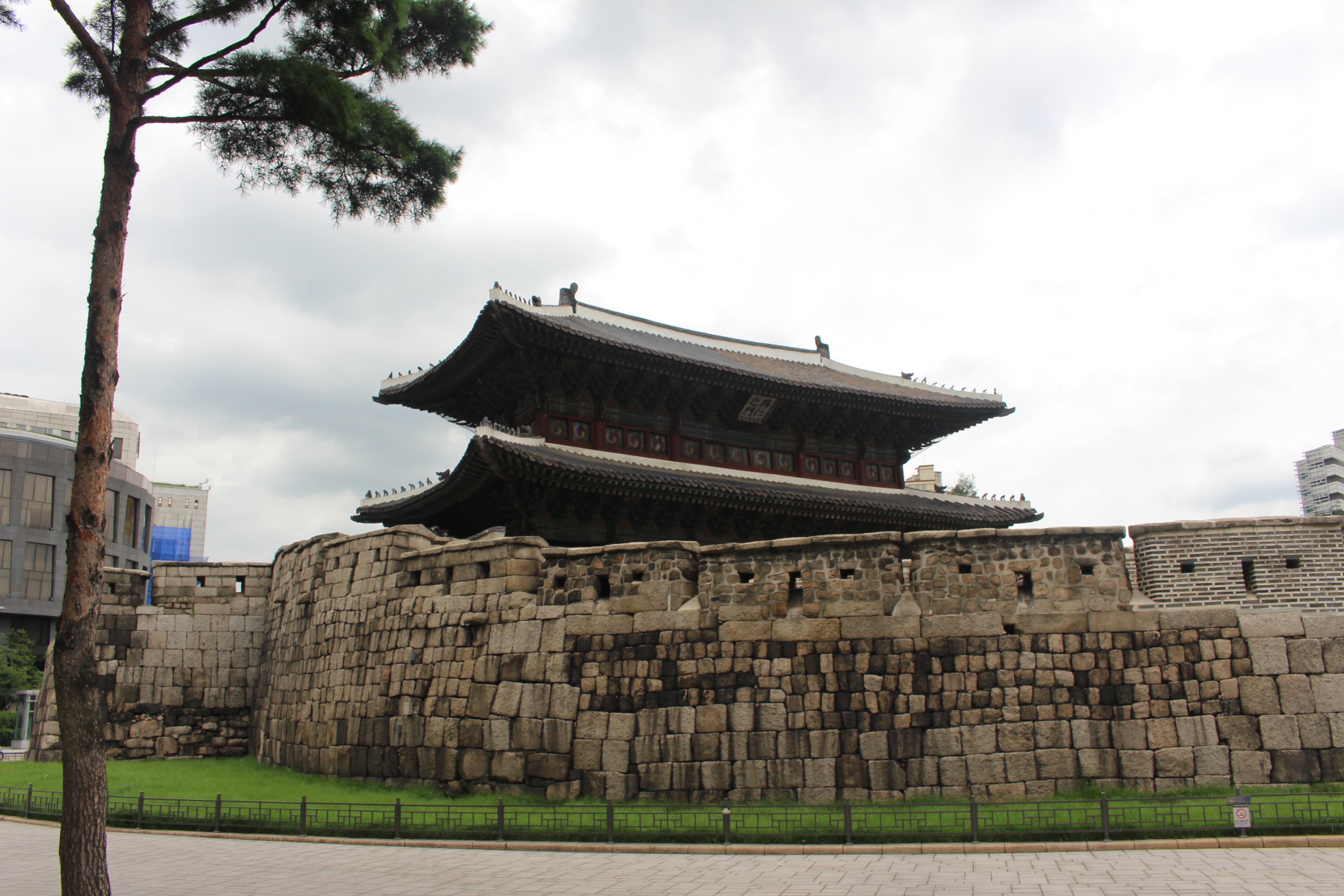

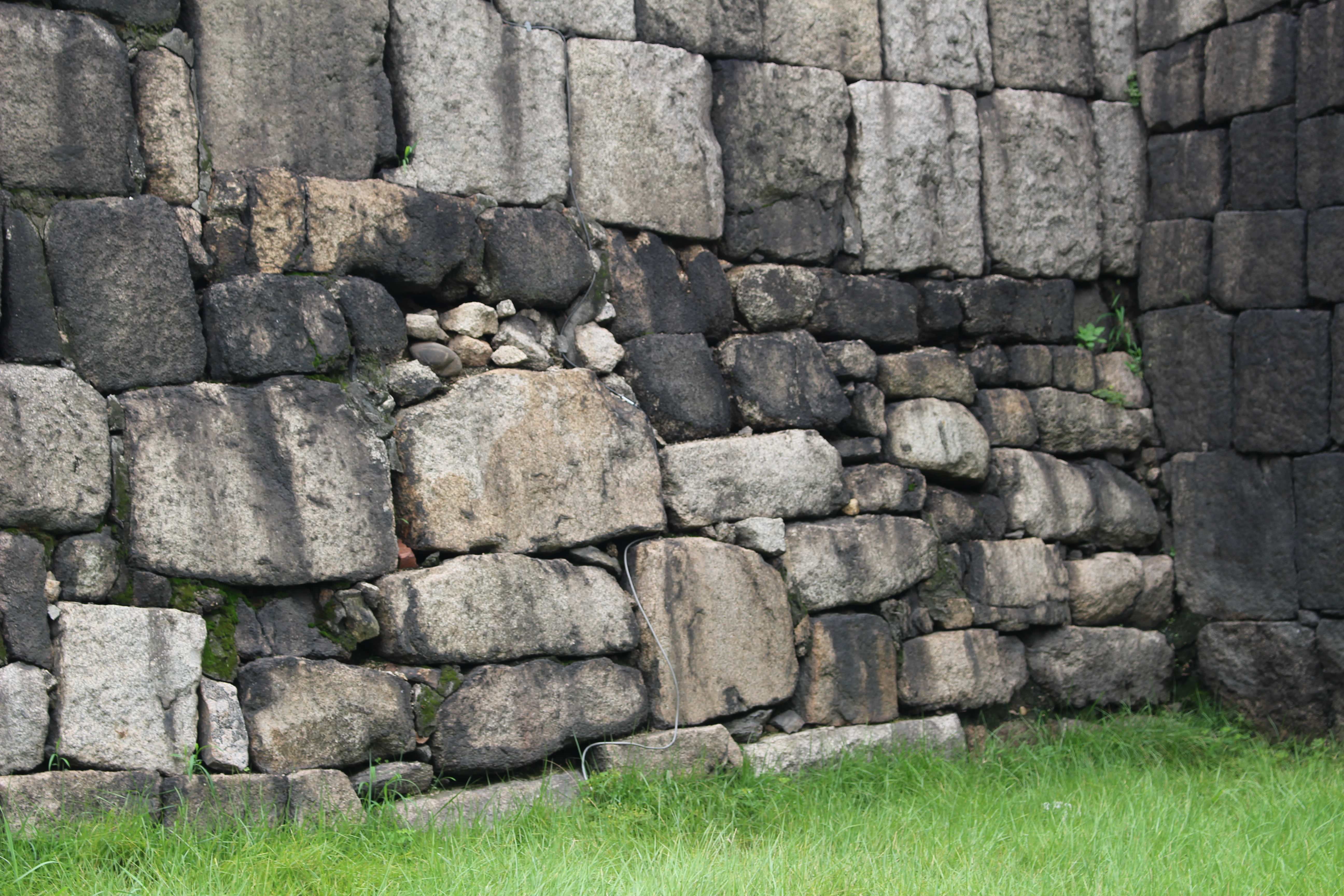
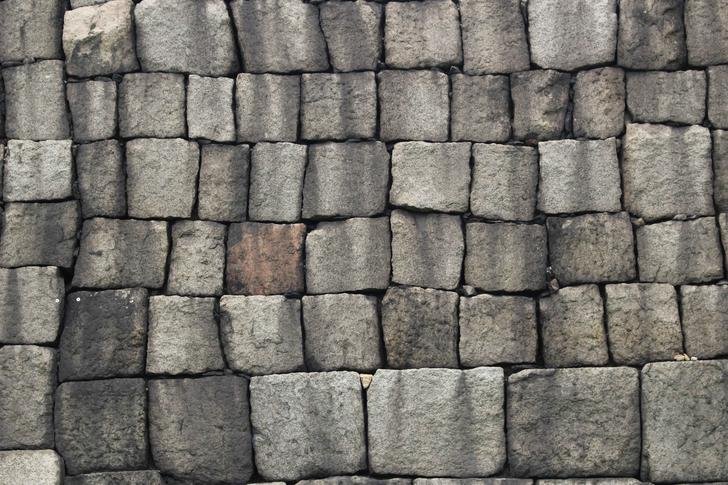
The East Gate had been fixed sevral times through hundreds of years.
It is the only orginal historical gate.
So I recommend to visit the East gate, here you can feel korean culture easily.
And you can enjoy the Seoul wall tracking.
Through the Seoul wall tracking, you can see the true face of Seoul, not decorated.
